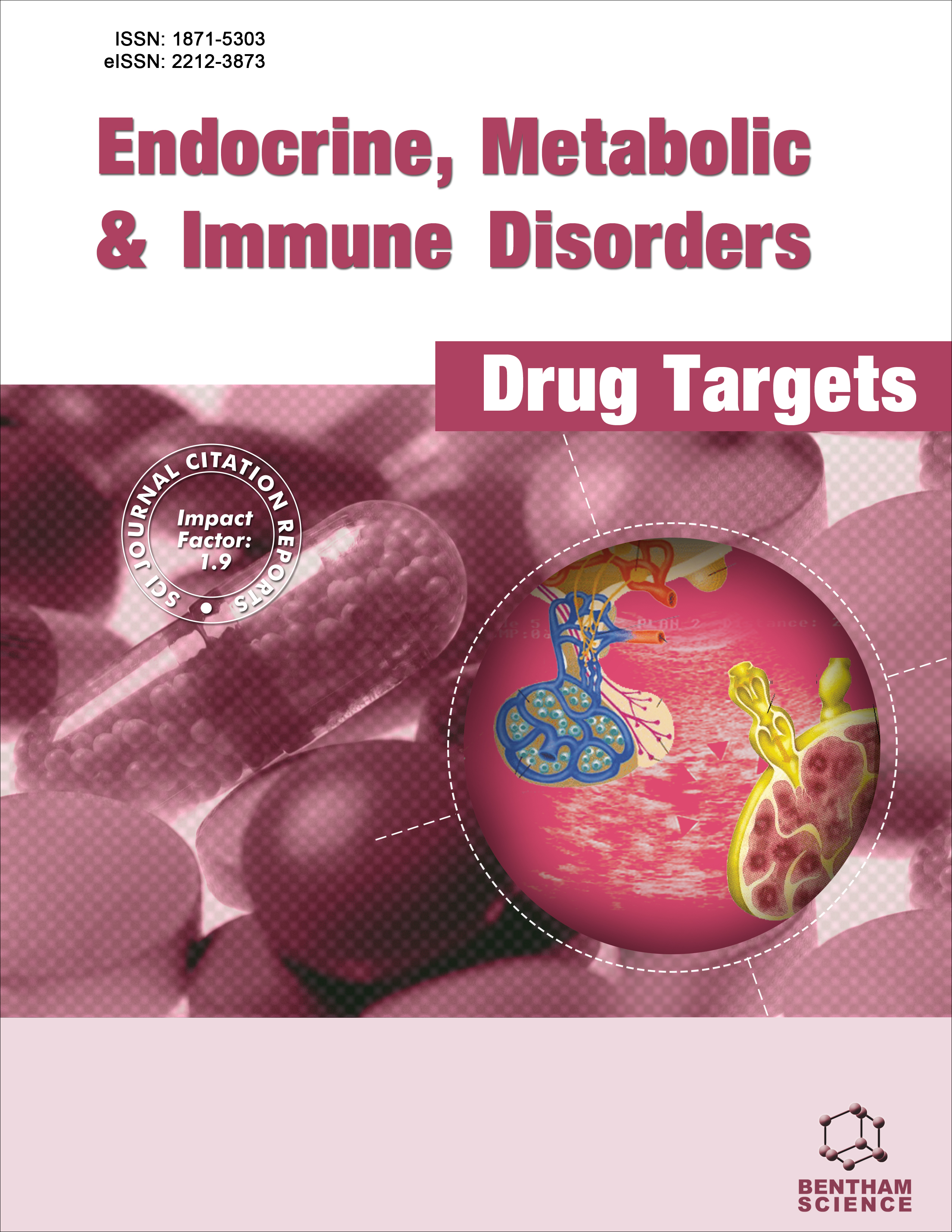
Full text loading...

Toll-like Receptor 4 (TLR4) plays critical roles in innate immunity and several other pathological responses, including a possible role in the susceptibility to Type 2 Diabetes Mellitus (T2DM). Understanding the relationship between TLR4 polymorphism and T2DM is necessary to evaluate the role of innate immunity in diabetes.
This study was conducted to evaluate the potential association between three TLR4 SNPs (SNP ID rs11536858, rs4986790, and rs1927914) and risk susceptibility to T2DM in a cross-section of the Palestinian population.
A total of 96 individuals including 50 T2DM patients participated in this study. The data were analyzed according to the TLR4 allelic variation results. DNAs were extracted from blood samples collected from the T2DM patients and their matched healthy controls and used to evaluate possible associations between the TLR4 SNP variations and T2DM. The genotypes of TLR4 polymorphisms were analyzed by the Polymerase Chain Reaction-Restriction Fragment Length Polymorphism (PCR-RFLP).
Three allelic variations were detected in the participating individuals. The distribution of alleles between T2DM and healthy controls in the three SNPs did not show significant differences, even though some variations tended to favor certain alleles. To look at potential associations of TLR4 gene polymorphisms with the risk of T2DM development, we analyzed the allelic variation in both T2DM patients and health controls. The rs4986790 TLR4 SNPs showed a significant association with T2DM. There were 20% heterozygous alleles in T2DM patients compared to 4.35% in healthy controls with Odds Ratio (OR) = 5.26 and 95% CI = 1.08, 25.6 (P = 0.0252), indicating the AG allele to be a risk factor. Both rs11536858 and rs1927914 alleles demonstrated a potential association of their allelic variations as either a protective or a high-risk factor.
Our data have indicated that TLR4 rs4986790, rs1927914, and rs11536858 may play a potential role in innate immunity and susceptibility risk to diabetes and can be potential targets for therapeutic drugs.